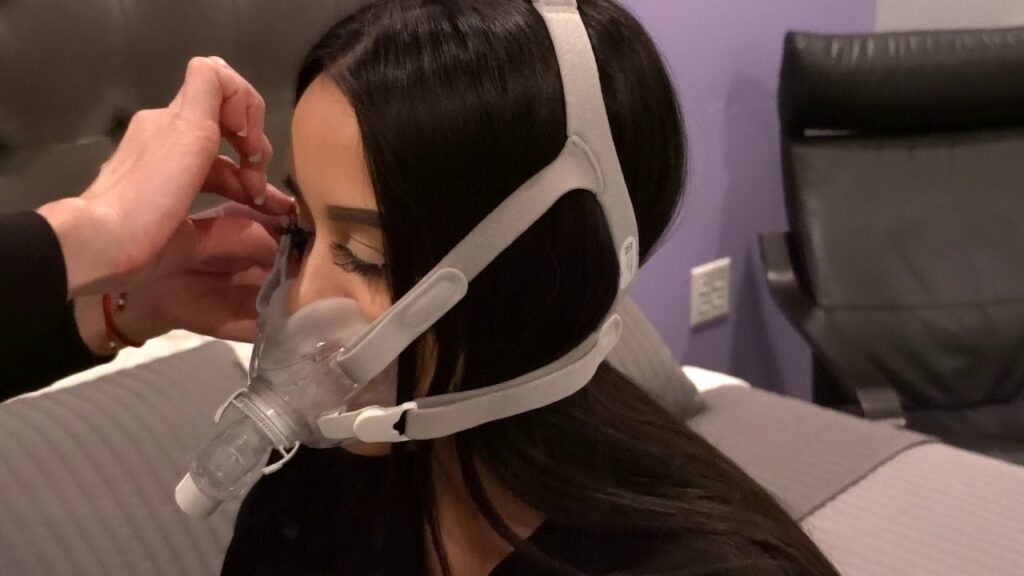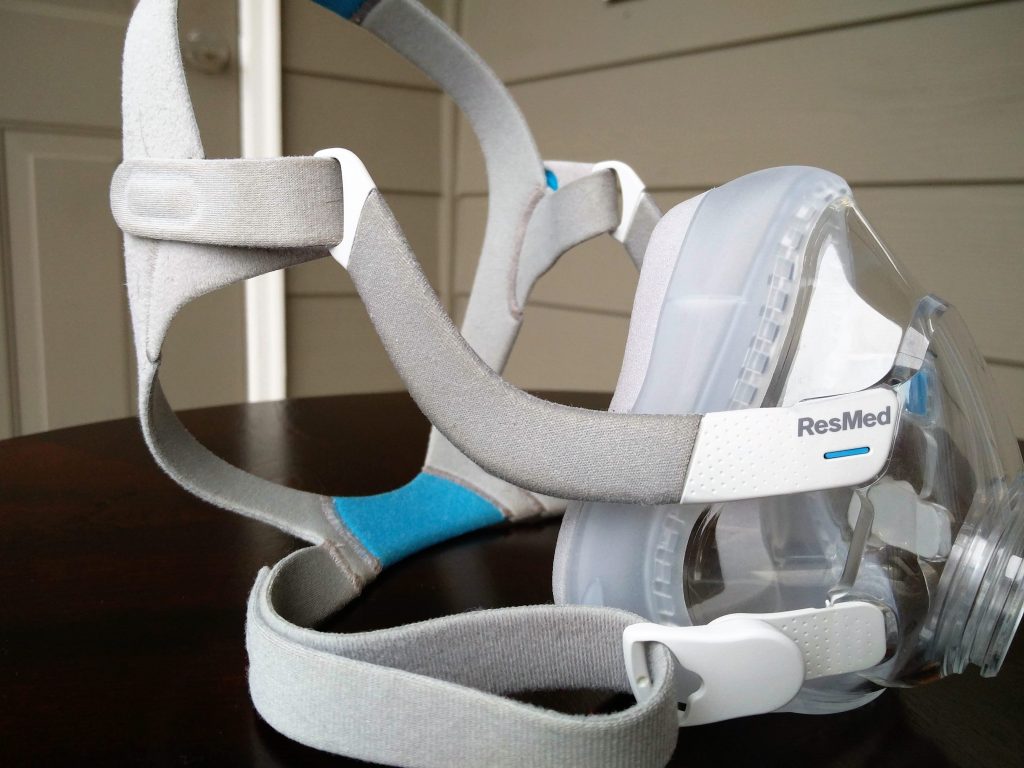What is CPAP?
Continuous positive airway pressure is referred to as CPAP. Positive airway pressure (PAP) devices come in a variety of shapes and sizes, but the name “continuous” refers to the fact that a CPAP utilizes the same amount of air pressure for both breathing and exhaling.
How does a CPAP mask function?
In order to avoid obstructions of the airway at the back of the throat, a CPAP machine produces a continuous stream of pressured air that is forced into the nose and/or mouth. The condition of interrupted breathing while sleeping, known as obstructive sleep apnea, is most often treated with it. Visit store.airliquidehealthcare.com.au/en/cpap-masks to get detail about CPAP mask function.
How can I buy CPAP masks?
CPAP equipment are only accessible through prescription. A doctor or sleep expert should be seen by anybody who suspects they may have obstructive sleep apnea or another respiratory disorder that might benefit from CPAP treatment.
If a CPAP machine is recommended, the doctor will choose the proper degree of pressure and could even be able to suggest a supplier who can offer the machine, CPAP masks, and other accessories.

What are the prices of CPAP masks?
A person’s insurance coverage as well as the brand and type that are recommended determine the price of CPAP masks.
For those with obstructive sleep apnea, health insurance may pay all or part of the cost of CPAP treatment. However, depending on the specifics of the insurance plan, such as whether a deductible is included, coverage and out-of-pocket expenses might differ dramatically.
A CPAP mask may cost several hundred to over a thousand dollars without insurance, in addition to ongoing expenses for replacement parts like CPAP masks and tubing.
Is CPAP mask treatment the only treatment for sleep apnea?
Although CPAP therapy is often used as the main treatment for obstructive sleep apnea, it may also be used in conjunction with other methods. For instance, behavioral treatment, which aims to encourage healthy sleeping patterns and boost CPAP device use, may be begun at the same time as CPAP therapy.
Along with CPAP treatment, a doctor could also recommend lifestyle modifications that might lessen the effects of sleep apnea. Tobacco and alcohol abstinence, weight loss, regular exercise, and an effort to avoid sleeping on one’s back are a few examples of these improvements.
Do I Need to Use My CPAP Machine All Night?
In general, experts advise using CPAP for at least four hours a night, five nights a week, but depending on a person’s individual circumstances, longer and more frequent usage of CPAP may be advised.
According to studies, utilizing CPAP for at least four hours per night may lessen daytime tiredness and have other positive health effects. By using the CPAP machine more often throughout the night, these advantages may be amplified.
Commercial truck drivers and others with employment that demand daytime alertness may be recommended to use CPAP for at least six hours each night if they have obstructive sleep apnea.
Do I need to use a CPAP mask when sleeping at noon?
People with sleep apnea are advised to use their CPAP machine during afternoon naps since it is ideal to utilize it throughout any phase of sleep.
How does topping CPAP use affect my health?
After quitting the use of CPAP, breathing disturbances caused by obstructive sleep apnea may return in as little as one day. Within two weeks of stopping or drastically reducing CPAP usage, issues such daytime tiredness and high blood pressure may appear.
For these reasons, it’s crucial for anybody who is struggling to persist with CPAP treatment to get help from their doctor early on to address the issues and make it simpler to use their CPAP machine regularly.
Is CPAP safe to use if you have COVID-19?
Anyone who wears CPAP masks and exhibits COVID-19 symptoms should speak with their doctor for specific medical guidance.
Before discontinuing CPAP therapy, it is advisable to speak with a doctor given the significance of CPAP in the treatment of sleep apnea. Additionally, utilizing a CPAP may lead to better breathing and sleeping patterns, which may promote a stronger immune system.
There isn’t much proof to date that using a CPAP machine transmits virus particles more than just breathing normally does. However, those who have COVID-19 may think about sleeping in a different room to lessen the risk of exposing their bed mate to the virus.

Is CPAP mask used for any other purposes?
In addition to sleep apnea, heart failure and chronic obstructive pulmonary disease are additional conditions that may impact breathing and can be treated with CPAP treatment (COPD).
People who are experiencing respiratory failure may find relief from non-invasive breathing assistance such as CPAP. Hospitalized patients with COVID-19-related respiratory issues may also benefit from CPAP therapy.
Final thoughts
If lines still exist, sleeping on your back could be beneficial. You may need to use pillows to support yourself to maintain your posture and avoid rolling over. The pressure on the CPAP masks will be lessened if you sleep on your back.
Ask your doctor about a CPAP cushion with an unique cutout to lessen direct pressure on the CPAP masks if you find it difficult to sleep on your back. Give yourself some time the next morning to rest if all else fails. The markings should disappear within the first hour or two.
The most crucial first step in beginning CPAP treatment is choosing CPAP masks that fit. It may determine whether a patient continues with their therapy or rapidly loses interest. Speak with your medical equipment supplier or your sleep healthcare provider to obtain the assistance you need. Spending time on CPAP masks fitting rapidly pays off.
Use a mask you like once and don’t switch. The greater usage of CPAP treatment and its advantages will result from the enhanced comfort.
A doctor must write a prescription for CPAP treatment. A physician or sleep expert may provide assistance in device selection, pressure level determination, setting suggestions, and mask recommendation. Patients may express any preferences they may have about certain parts of their CPAP setup, including the mask, throughout this phase.
